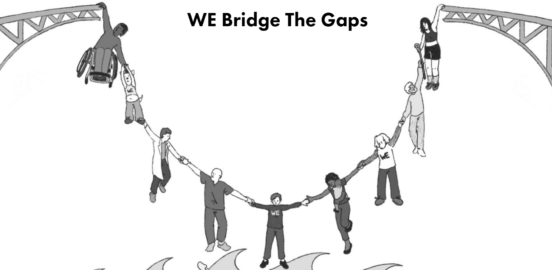Caregiving, Health Literacy, Needs Navigation, Trust

Patients want healthcare providers to view them holistically as individuals, rather than merely as a set of symptoms to treat. Read about why having the right tools can help create a healthcare system that recognizes patients as people first.
This blog post is authored by a group of patient advocates who collaborated on a project called the Clinical Decision Support Innovation Collaborative. It is funded by the Agency for Healthcare Research and Quality.
Have you ever received guidance from a doctor that was confusing or didn’t seem realistic to apply to your life? Many people have. When faced with questions about what kind of treatment to pursue, clinicians use decision support tools that provide them with the latest research results and proven results. The extent to which these tools consider things like a patient’s unique life circumstances can have a major impact on how each person experiences their care.
Consider that, according to the CDC, 20 to 30% of prescriptions for people living with chronic health conditions are never filled and about half are not taken as prescribed. Why do you suppose that is?
Clinical care and daily life are deeply intertwined. Healthcare choices can’t be separated from who we are as people because our experiences, beliefs, and daily lives all play a crucial role in how we make decisions about our health and treatment.
For example, let’s say a patient is newly diagnosed with insulin dependent diabetes and is prescribed insulin, which typically requires refrigeration. However, someone may be in a difficult housing situation without reliable access to a refrigerator. If this patient’s doctor had a tool that alerted them to the patient’s housing situation and provided alternative medication options, the doctor could prescribe a particular type of insulin that can be stored at room temperature.
Our project is funded by the Agency for Healthcare Research and Quality (AHRQ) and called the Clinical Decision Support Innovation Collaborative (CDSiC). We envision a healthcare system where tools are widely available to address real-life scenarios like the one described above. We are creating resources to help patients, caregivers, and care teams have the right information at the right time to make knowledgeable decisions that can improve health and well-being for all people.
Patient-centered clinical decision support is a specific kind of clinical decision support that considers a patient’s needs, values, and preferences. This is the focus of the CDSiC. This blog post explains the concept of patient-centered clinical decision support and how it relates to patients. We also highlight three key areas to advancing this: trust, co-design, and making sure tools fit into patients’ lives to offer more value.
Clinical decision support tools are digital tools that help inform patient care. When faced with questions about what kind of treatment to suggest to a patient, healthcare providers often consider recommendations that are made by these digital tools based on the situation. These tools provide them with the latest proven approaches and best practices.
PC CDS is different because these tools draw from research that studies questions about health care that are meaningful to patients and includes patient perspectives. PC CDS also helps ensure a specific patient’s needs, preferences, and values are incorporated into care decisions. PC CDS can also aid in discussions and decisions between patients and their health care team. This is called “shared decision-making” which supports and helps engage each patient, their caregivers, and care teams to make healthcare decisions that align with patient’s needs, preferences, and values.
Patient-centered clinical decision support is the focus of the AHRQ CDSiC, a community of diverse stakeholders learning to use technology to better support care teams, patients, and caregivers. The CDSiC developed this picture to describe the four recommended patient-centered factors to include into patient-centered clinical decision support:
The following three key areas are crucial to the advancement of patient-centered clinical decision support: 1) trust, 2) co-design, and 3) alignment to patient lives.
Technology is changing the way healthcare is received and delivered. Creating tools that give patients, caregivers, and care teams the right information at the right time to make evidence-informed decisions is critical to improving health and well-being. It’s important to involve patients to ensure that medical choices align with what matters most to the patient while still being grounded in clinical evidence. Patients want healthcare providers to view them holistically as individuals, rather than merely as a set of symptoms to treat.
Advancing PC CDS is central to achieving this vision. To be successful, we must address important areas such as trust, co-design, and the real-world contexts of patients’ lives. We’re working with the CDSiC to solidify these concepts and invite you to get involved, too!
As a part of your advocacy work on whole person-centered care, we encourage you to raise questions about the tools that are being used to support care decisions and ask providers to what extent those tools are patient-centered. Please visit our website to explore all the PC-CDSiC resources. You can also sign up for our mailing list to stay informed as we release additional resources.
Caregiving, Health Literacy, Needs Navigation, Trust
Caregiving, Storytelling, Trust
Costs, Health Literacy, Insurance, Needs Navigation, Trust
Caregiving, COVID, Storytelling, Trust



